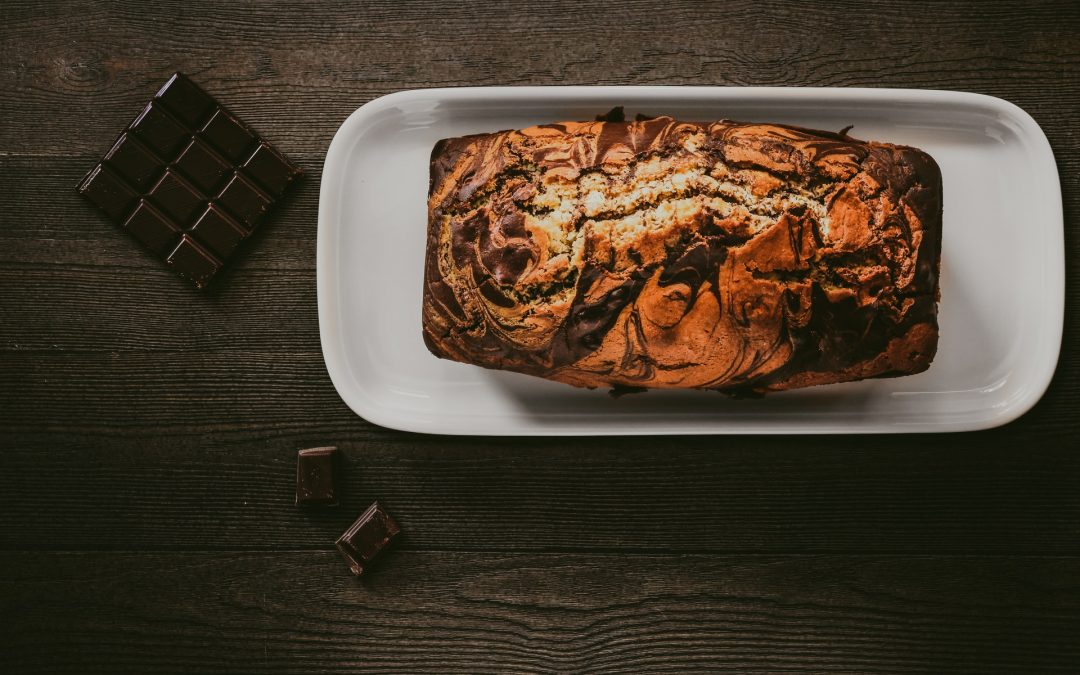Subdivisions is a general term that we usually use to describe various notes that are shorter than one beat, such as 8th notes, triplets, 16th notes, and all the rest. 1 beat crotchets (quarter notes) can be divided into halves to make quavers (8th notes). These 8th notes (quavers) can subdivided into 16th notes (semi-quavers) by halving them again. The largest note in music without using ties is a semibreve (whole note), lasting 4 beats. Everything smaller than this is divided up again and again, which are subdivisions of the initial division. 2 beat notes are an equal division of the 4 beats. Technically, I think anything smaller than this is a subdivision because it has been divided up more than once.
Lets use a simple cake example of how subdivisions work…
Subdivisions Cake Example
- Imagine you have a rectangular cake weighing 4kg (whole note / semibreve), and you have 1 table to put them on to sell. The table represents 1 bar of music.
- Cut this cake in half down the long length to make two shorter rectangles weighing 2kg each (half notes / minims)
- Divide this up into quarters and you have 4 x 1kg square cakes (quarter notes / crotchets) sitting on the table.
- If you cut these up again to sell as individual portions, you are making subdivisions. Cut up the first cake in half and they would be 500g each and be 8th notes (quavers).
- Cut up the second cake into half, and then half again and you would have 4 pieces at 250g each. These would be 16th notes (semi-quavers).
- For the 3rd 1kg cake, cut it into 4 250g pieces again (’16th notes’) and then cut each of those portions in half again – what are you left with?
- That’s 8 pieces and they would be 32nd notes (semi-demi-quavers).
- If you cut every one of the 4 cakes on the table into ’32nd notes’, how many pieces would there be on the table?
- There would be 32 pieces of cake.
- How many beats make up a standard bar of music (how many 1kg cakes did we put on the table)?
- 4
- So in music when you see a 4/4 time signature at the start of a piece, the top 4 means how many cakes, and the bottom number means how many cakes they were cut into. There would be 4 x 1kg cakes = 4kg
- So, in a 6/8 time signature, that would mean there are 6 x 8th note cakes on the table (500g for each cake). 6 x 500g cakes = 4kg.
- In a 3/4 time signature there would be 3 x 1kg cakes = 3kg. So here, the table has less cake on it! This is the same as saying there are 3 beats per bar (3 cakes per table).
- In a 2/4 bar how many 1kg cakes?
- 2
- in a 7/8 bar, how much does the total amount of cake weigh?
- 7 x 500g = 3.5kg (3 and a half beats worth of crotchets / quarter notes)
